Independence was celebrated,
on the same date and at the same site,
upon which, one hundred thirty-two years earlier,
on July 5th 1830
the French invaded Algiers.

Looking at Muhamad Kouaci’s photographs
of the excited and cheerful crowd,
we get a clear sense
that the movement is gravitating forward,
toward the place
where official announcements will be made.
We see people determined
not to be left behind
or alone.
They all walk, singing and dancing
in the malleable choreography of
a flock.
However, when looking carefully,
members of the crowd often appear to morph into spectators
seeing a mirrored reflection of their independent selves
in the bodies and faces of others around them.
Members of the crowd are neither moving forward,
nor blocking the movement.
Rather they are attuning themselves to others,
learning how others are interpreting
and experiencing
the meaning of the day.
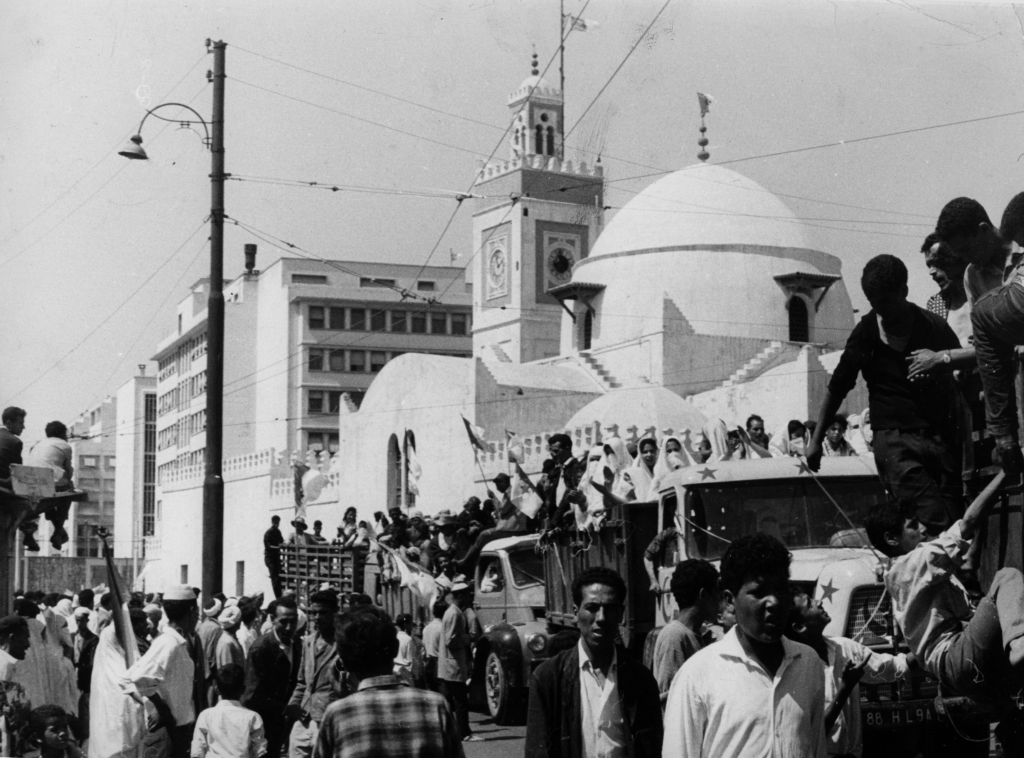
Everywhere it is the same.
People are taking time to be with others,
inventing their place among them,
appreciating how others
skillfully stretch the Euclidean space
so that they will not be
left out.
These are not individual acts.
Look, count how many hands and legs
work together,
in order to get
one person
on top of one truck.
They all know where they are heading.
They all perform the poetic justice
of ending the colonial era
at the very site where it began.
Allow me to refrain from calling this place
by its name right away.
Neither will I call it by the new one
that the nascent independent state
gave to it –
four months after these photos were taken.
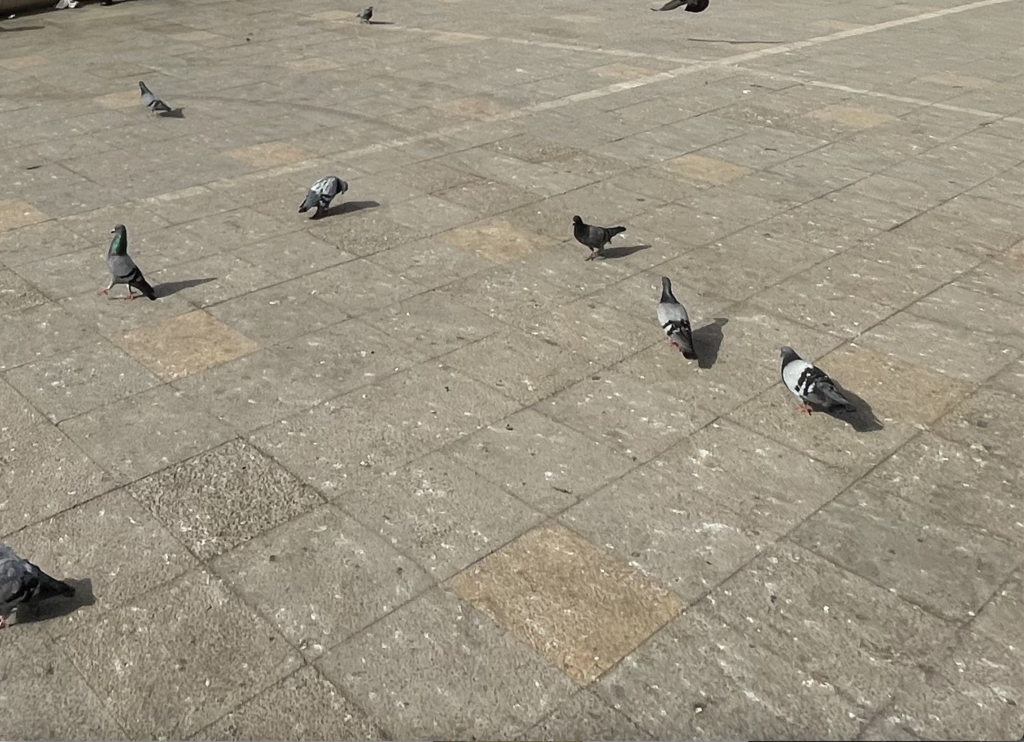
Bear with me a little longer.
I want to share with you
the circumstances under which this site emerged
as a stage for political self-determination
and an object of political desire.
It could not come into being
without the onto-epistemological violence
that the French inaugurated
at this very site,
in the heart of the city of Algiers.
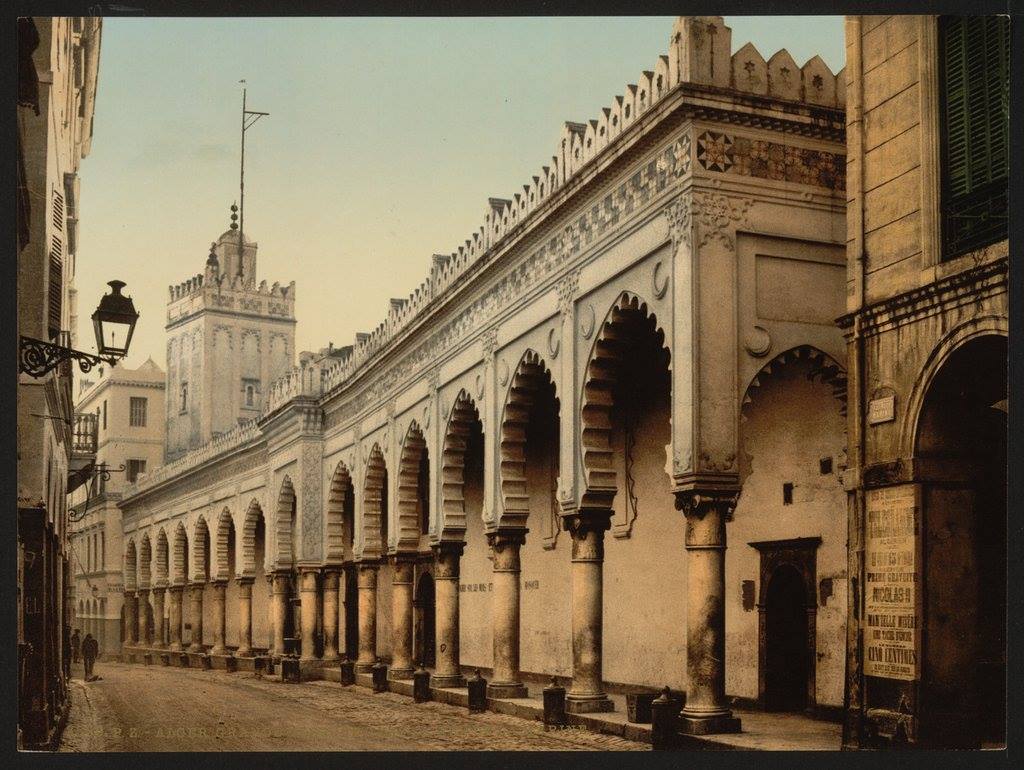
If you have any doubt about
the nature of this violence,
I’ll quell your confusion:
destruction and construction form its ontology,
taxonomy its epistemology.
In a matter of weeks,
Algiers stopped being the same.
It was made unrecognizable to its inhabitants.
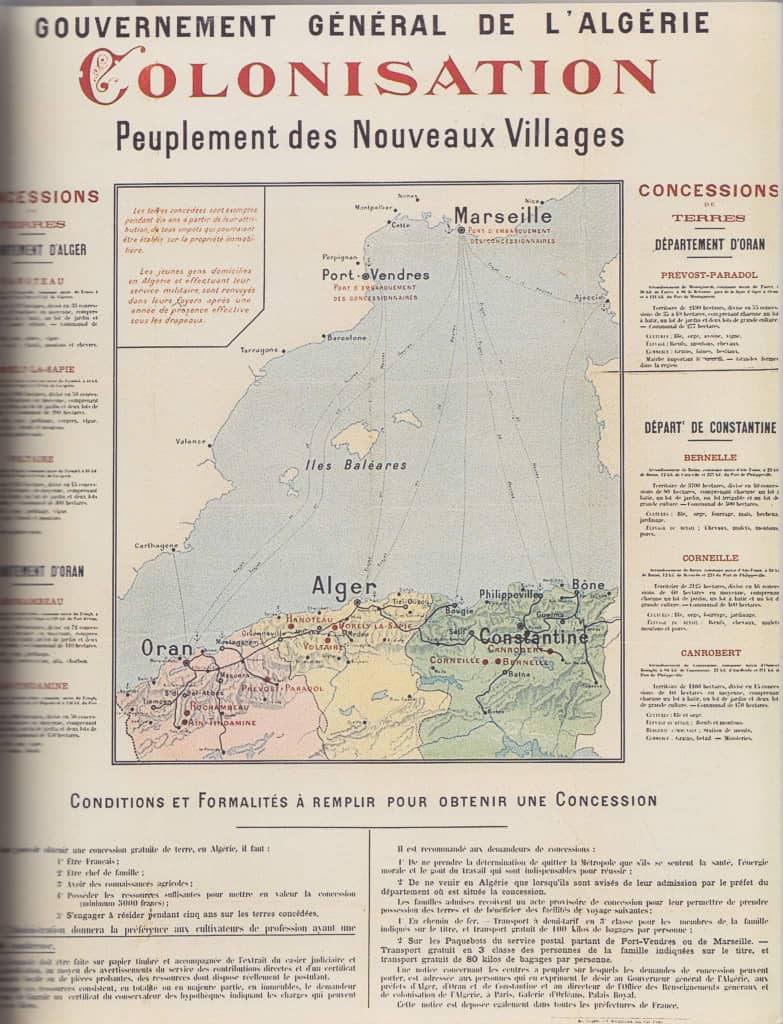
All the means of violence perpetrated against it
were justified by the one goal
set by the French,
in the service of the French:
making Algeria French.
Frenchmen and Europeans
were invited to the city.
They were given lands, property,
and a carte blanche
allowing them to use their talent and creativity,
as well as their entrepreneurial skills,
to come up with their visions of a French Algeria.

They were welcome to use
in-house resources
to realize their dreams.
Librarians,
architects,
painters,
engineers,
archivists,
draftsmen – and, soon after, photographers,
librarians,
scientists,
archeologists,
physicians – and, soon after, psychiatrists,
and the list is long…
And the indigenous?
They had to acclimate,
to the foreign place
that grew out of their soil.
This place ‘unhomed’ them in their homes.

Some of the creative minds,
who came to build a French home in Algeria
(made of Algeria),
are still celebrated everywhere in France.
They arrived with the first military boats,
already possessing the tools and instruments
they needed
to make their ‘important cultural work’ possible.

They were invited
to build Algeria,
a place where,
according to their studies and observations,
there were
no civil status records,
no marriage contracts,
no identifiable family names or patronyms,
no museums,
no libraries,
no municipalities,
no voting system,
no public education,
no grand boulevards,
no post offices,
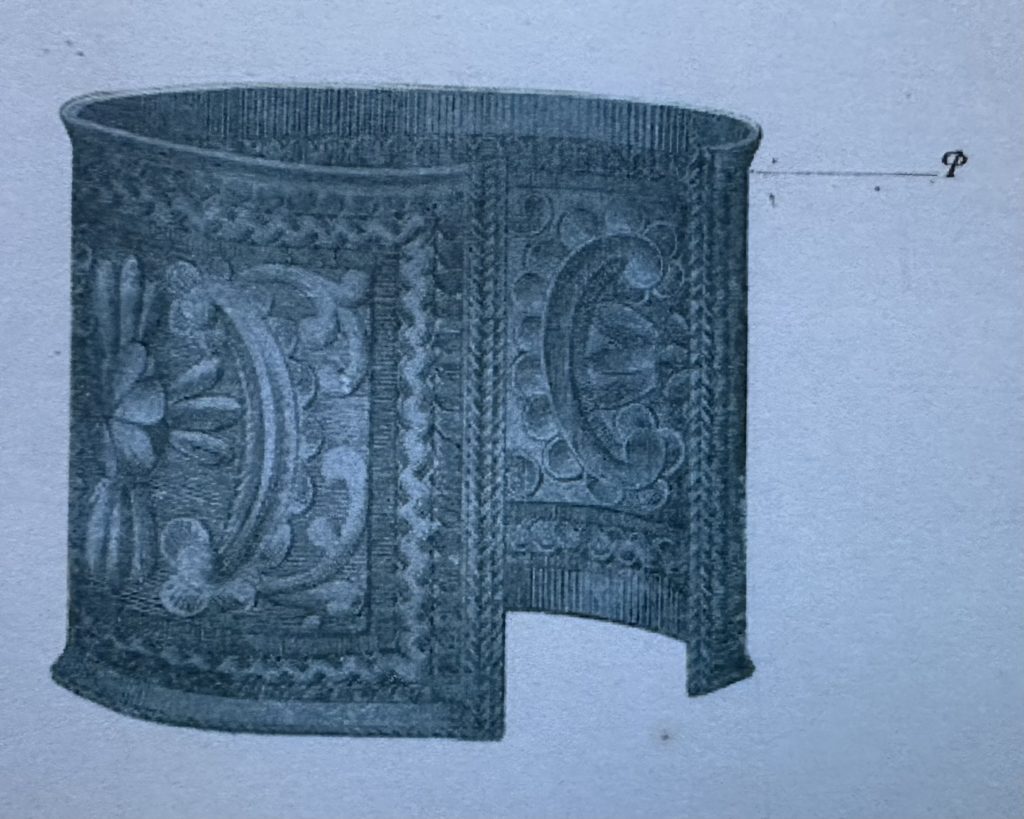
no archeological digging sites,
no tower clocks,
no physiognomic science,
no taxonomy of people nor their objects,
no punch on precious metal jewels,
no history,
no repertoire of forms
that allowed one to police
the authorship and ownership of crafts and possessions,
no discrete worship buildings,
that allowed one to determine
who belonged where
and who was ‘unruly,’
no public squares.
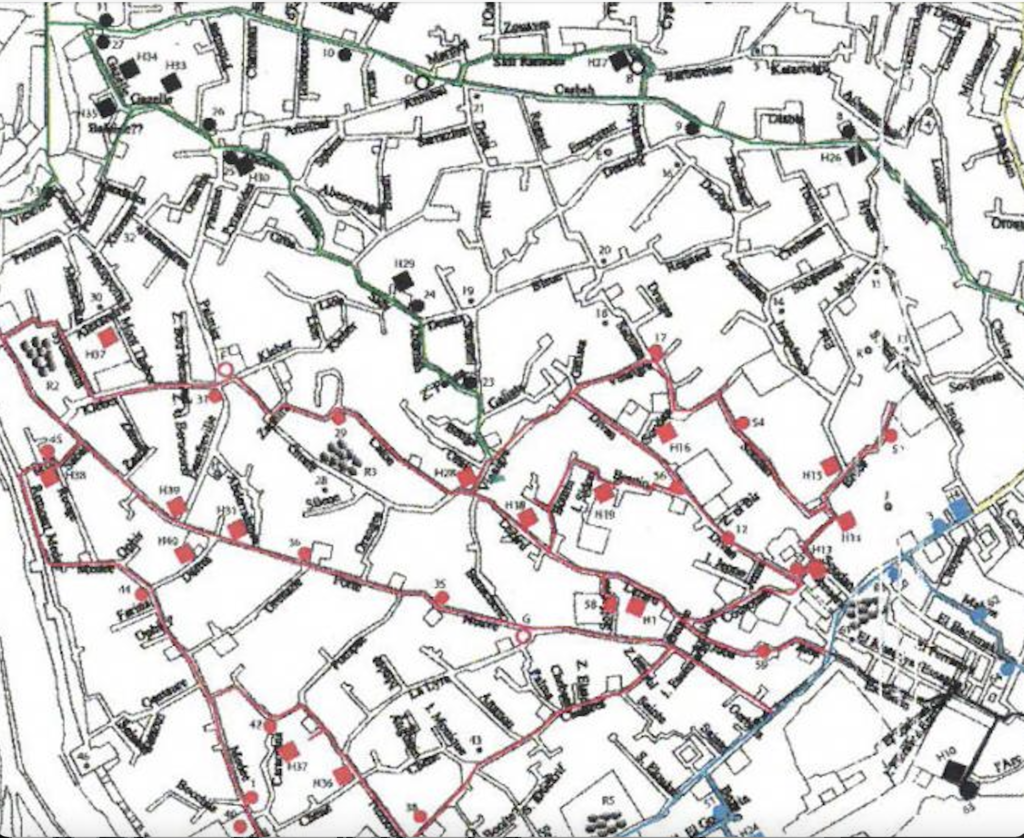
What they found
upon their invasion,
was illegible Kasbah.
Thus, with no further ado,
they started their work.

Until their departure
132 years later,
with zeal
they turned over almost every stone,
and built the institutions listed above,
and more.
They planted them in every city across Algeria,
so that their absence,
rather than presence,
would seem abnormal.
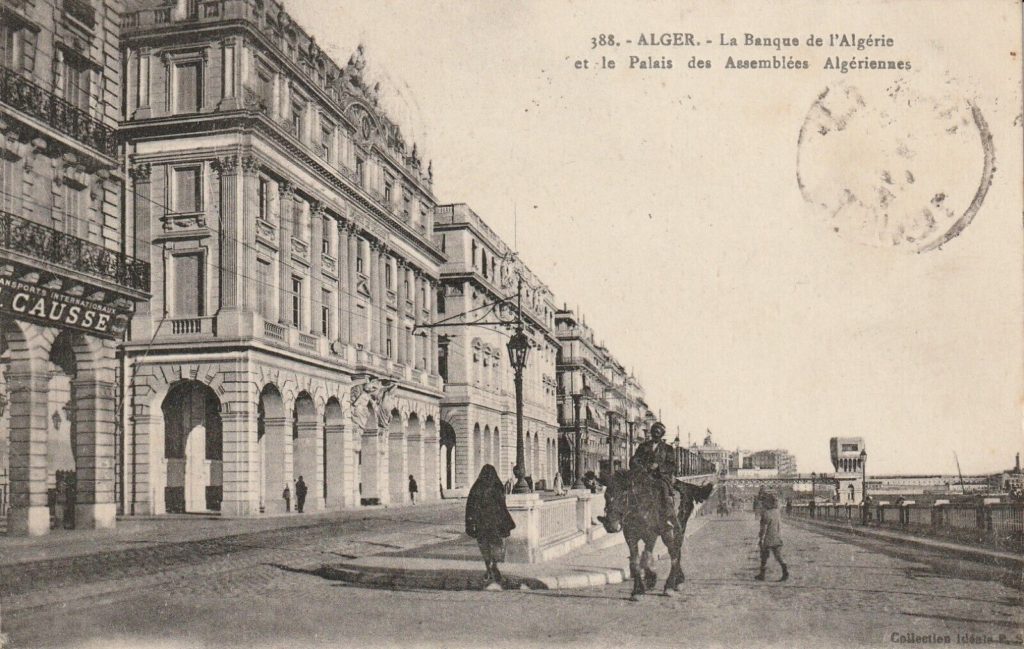
Thus, each military barrack,
each police station,
each municipality,
each bank,
marked another step on the indigenous
path to progress
that was paved with colonial universal forms,
without which (modern) life
couldn’t go on.
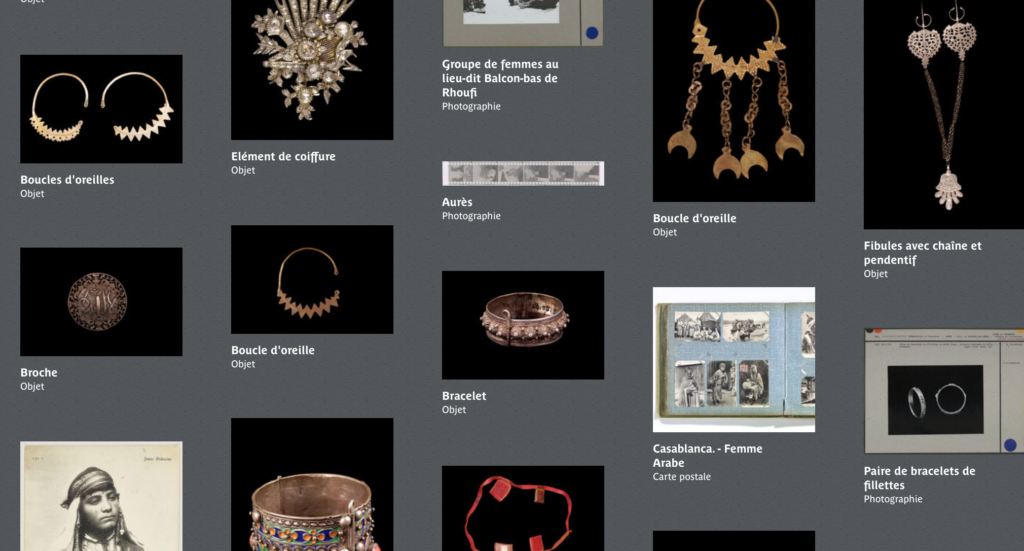
As the end of the colonial regime was approaching,
instead of
restituting some of what they took,
asking the indigenous for forgiveness,
or offering repair,
the French sought to take more,
from natural resources to works of art,
from documents to gas.
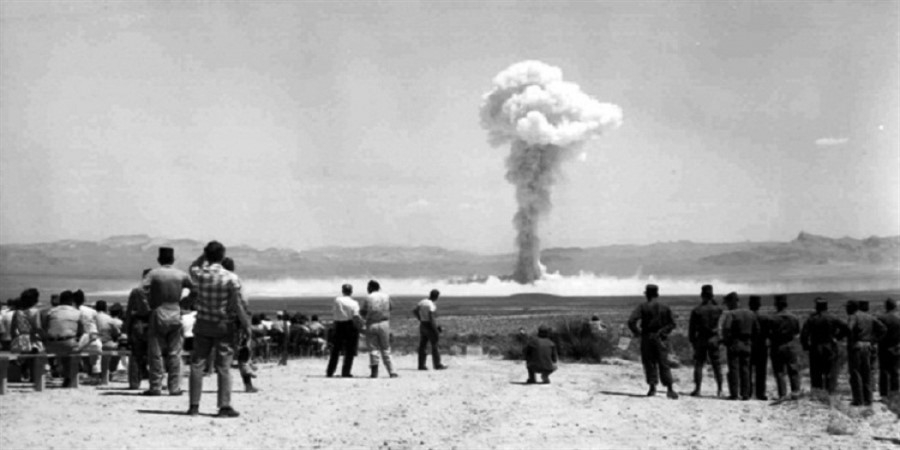
And yet, the worst part of their
onto-epistemological violence
did not consist in what they took,
but rather in what they left:
these colonial institutions,
which were made of their imperial democratic
political concepts and practices,
and accumulation of transgressions and violations,
which had already materialized in space.
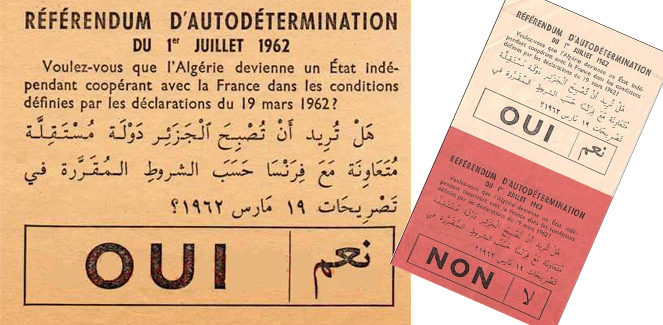
Their seemingly innocent presence
in post-colonial Algeria
was perceived as a political promise:
once occupied, inhabited and operated
by the liberated colonized,
they could cease to function
as colonial state apparatuses
and serve as the building blocks
of an independent Algerian nation.
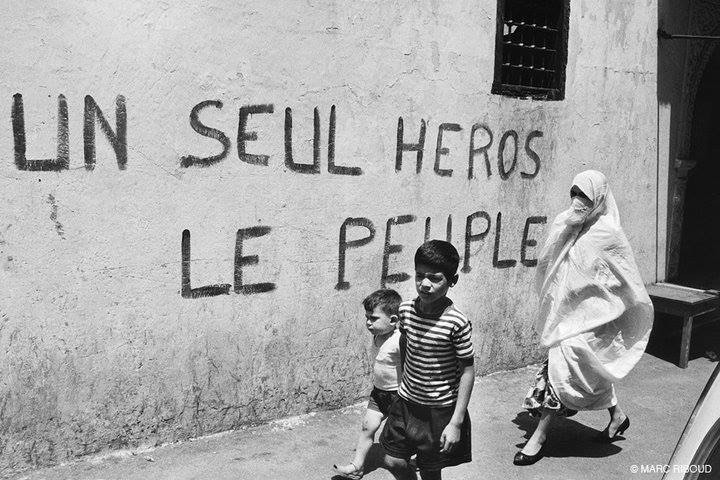
These apparatuses, however, were in fact,
the political curse of post-independent Algeria.
Some understood it earlier,
others later,
or maybe, it was only after a while,
that they were willing to admit it.
This curse is irreducible to individuals’ acts,
it is rather imbibed in the infrastructure of the colonial state,
which, in the wake of independence,
was not dismantled.
Algerian liberation was not hijacked post-independence.
It is useless to look for a point in time
in which the project of independence took a turn–
1965, or 1969, or 1975.

The failure of the post-independent state
is rather innate to a project of independence
that subordinated aspirations for decolonization
to a desire for a sovereign nation state.
In this state it was not the people
who were conceived as the heroes of independence
but a manufactured body politic
from which undesired Algerians could be and were removed.
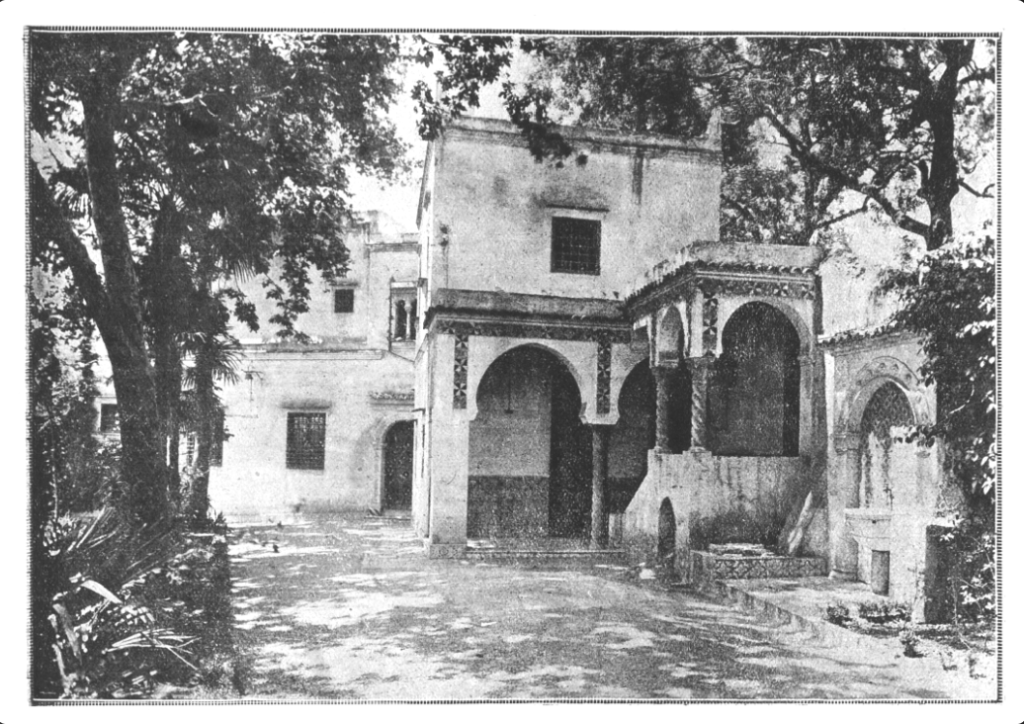
These institutions, some of which are commonly cherished –
museums, archives, libraries or public education –
were viciously crafted through
one hundred thirty-two years of plunder and forced assimilation,
ninety-two years of forced naturalization of one segment of the population,
eight years of intense war, and
almost two years of exhausting negotiations.
Independence, however, was not achieved
through the decolonization of any of these institutions,
nor did it create an opportunity to attend to colonial crimes,
wounds, injuries, damages, disorders, or syndromes.
During the diplomatic negotiations in Evian,
the Algerian war (or revolution) was concluded
with a cease fire,
and a binding accord between “two sides,”
over the transfer of sovereign power
from a settler state to a nation-state.

The negotiations compelled the Algerian side
to “subscribe unreservedly”
to the secular principles of
the Universal Declaration of Human Rights.
The relatively long negotiations were
like a long rehearsal,
wherein the Algerians had to make
this French revolutionary language theirs,
the same language which had sparked the French Revolutionary wars.
At the morrow of their 1789 Revolution,
the French were convinced that their conceptions
of freedom, rights and membership in the political community
were the ultimate best,
and they were ready to implement such ideals
wherever they could.

The result was the destruction of other cultures,
the replacement of such cultures’ centuries-old
politico-religious formations
with those of the French,
and the extraction of much of their resources,
which were used to finance the newly gained
French territories and empire.
These events marked also the beginning of the destruction
of the Jewish Muslim world.
The independence of Algeria
was its swan song.
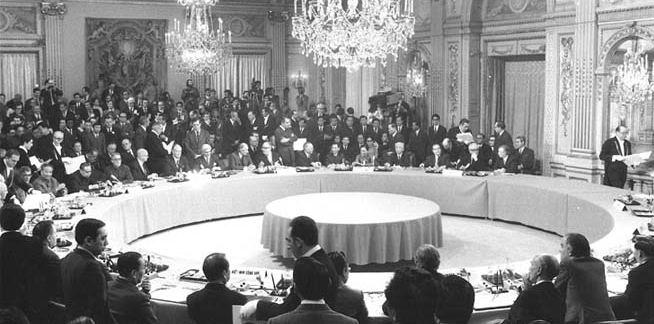
The Evian negotiations imposed
the foundation of a secular democratic state,
in which and by which
many were not included or protected.
French statesmen and the
soon-to-become-Algerian statesmen
had not necessarily agreed upon
the composition of the body politic of such a state.
Rather, they conceded about its malleable nature
which would take form according to sovereign power’s interests,
and would be determined by the sovereign’s right to declare
who belongs where and who should be displaced.
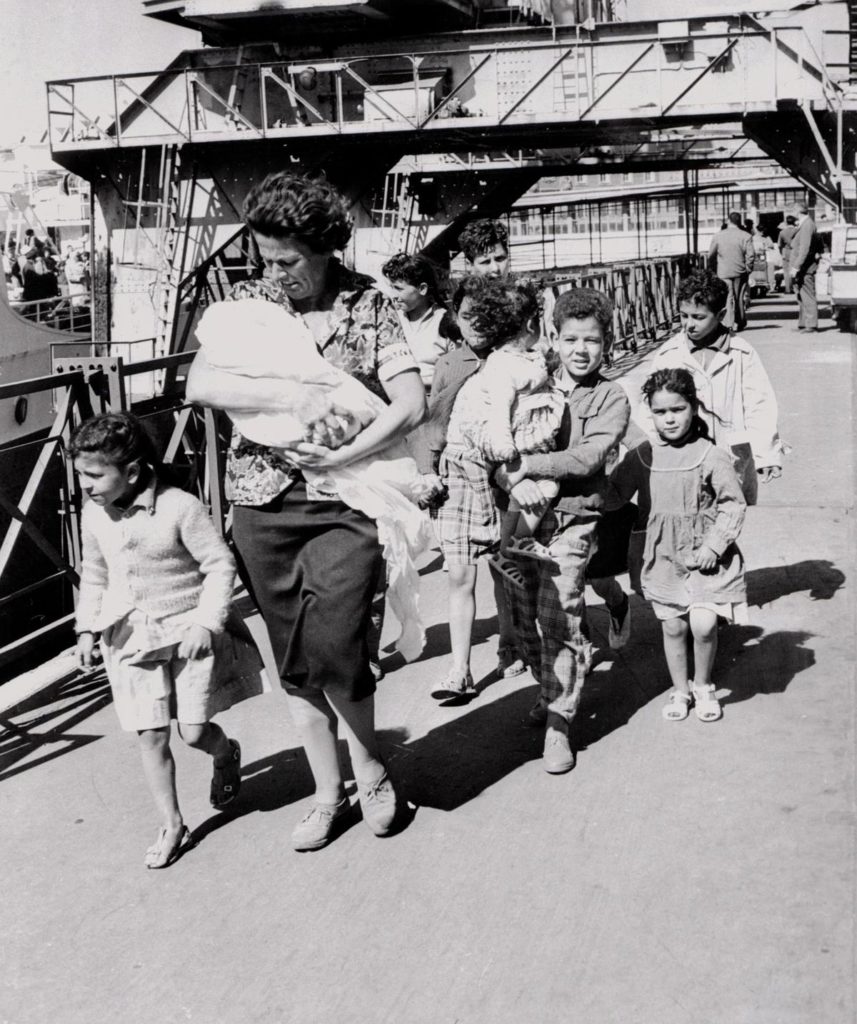
The Jews and the harki
were among the immediate victims
of this transfer of power.
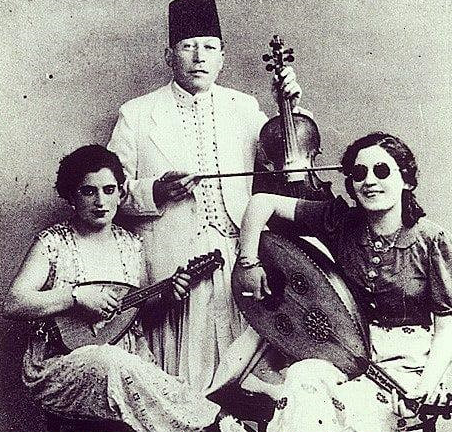
Before 1830, there was no question
that Jews were part of the Muslim nation
and were under its protection,
sheltered within the category of dhima
which rendered them “protected persons”
according to the Islamic law.
With independence, however,
Jews were revoked of their place
in the Algerian secular state
and Jewish Muslim life in Algeria,
which was as old as Islam itself,
was brought to its end.
With the absence of Jews from these discussions
between Christian French and Muslim Algerians,
the two “sides” of the negotiations in Evian,
a shared colonial understanding of the body politic – which excluded Jews –
took shape.
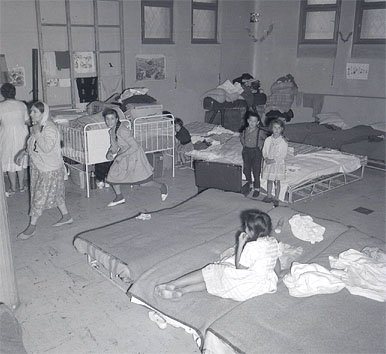
At the moment of Independence,
most of Algeria’s 140,000 Jews,
whose fates were even not discussed amongst these two sides
as they were assumed to be “Europeans” –
that is, embodiments of their colonial reformation –
were already gone.
During the months of negotiation,
some leaders of the FLN sent the Jews
a handful of confusing messages.
Jewish community members could not disentangle
these messages from the numerous violent attacks they were subject to at the same time.
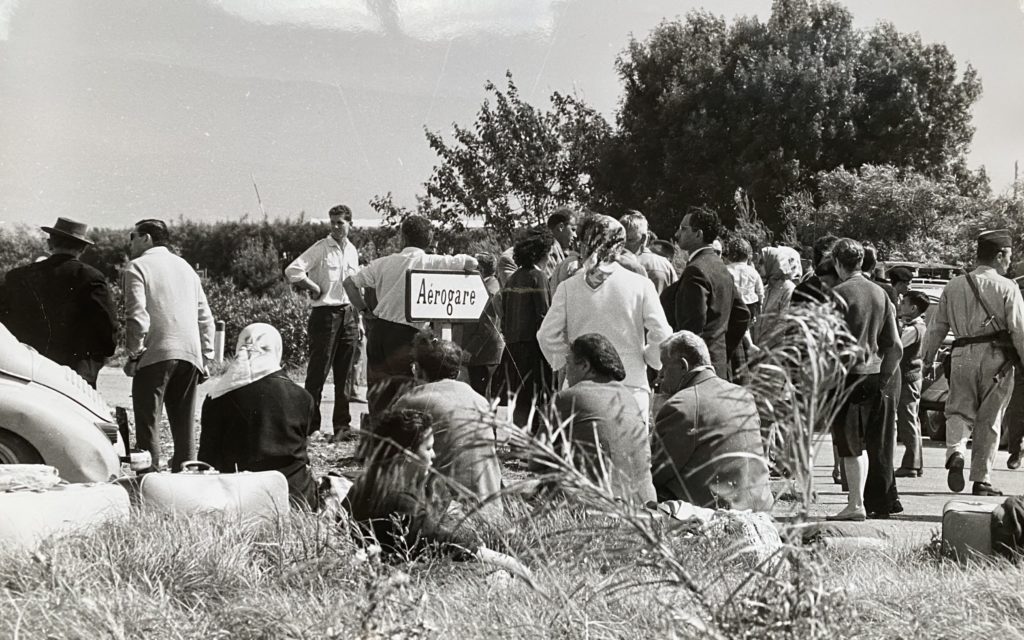
The Jews’ absence was normalized,
like that of other groups subjected to forced migration,
provoked flight
and population transfer
in other places.
Such processes that contribute to formation of the imperial nation-state
are presumed to be the indispensable price paid for
the nation state’s birth.
And thus,
the disappearance of the Jews from Algeria
was an event that also disappeared from the
history and memory of Algeria.

Making the Jews disappear,
was one of the inaugural acts of
onto-epistemological violence
exercised by the French.
Let’s return now to the site of celebration.
Look with me toward the foot of this hill.
On the left side, relatively close to the sea,
do you see the white mosque?
Unlike the other mosques that were demolished,
this one, in a certain way, was saved.
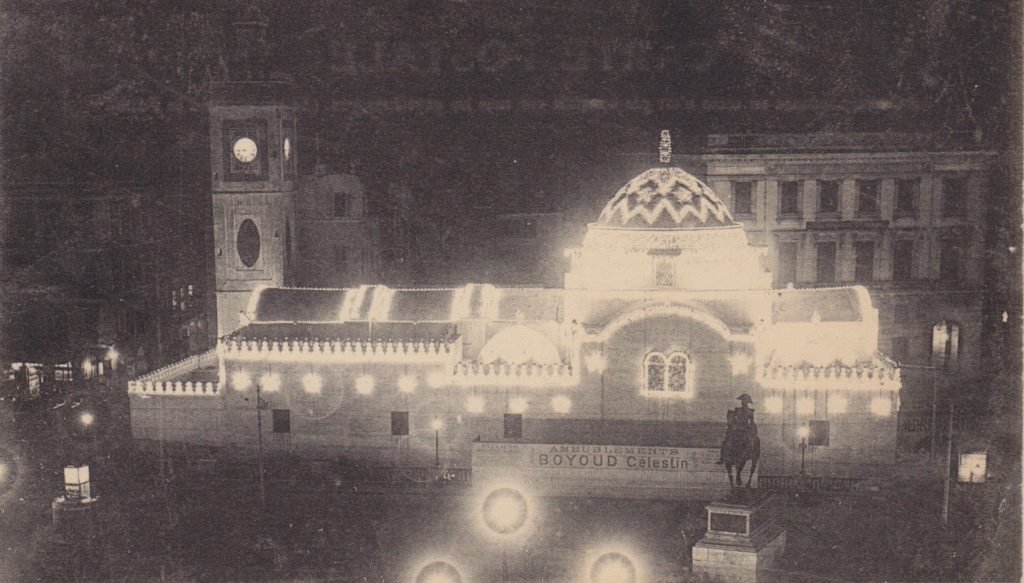
But what was saved is only the building itself,
while its existence prior to the invasion
was never as an isolated building.
Here we see it displayed, as if it were on a pedestal,
upon the roofless white cube called ‘the square.’
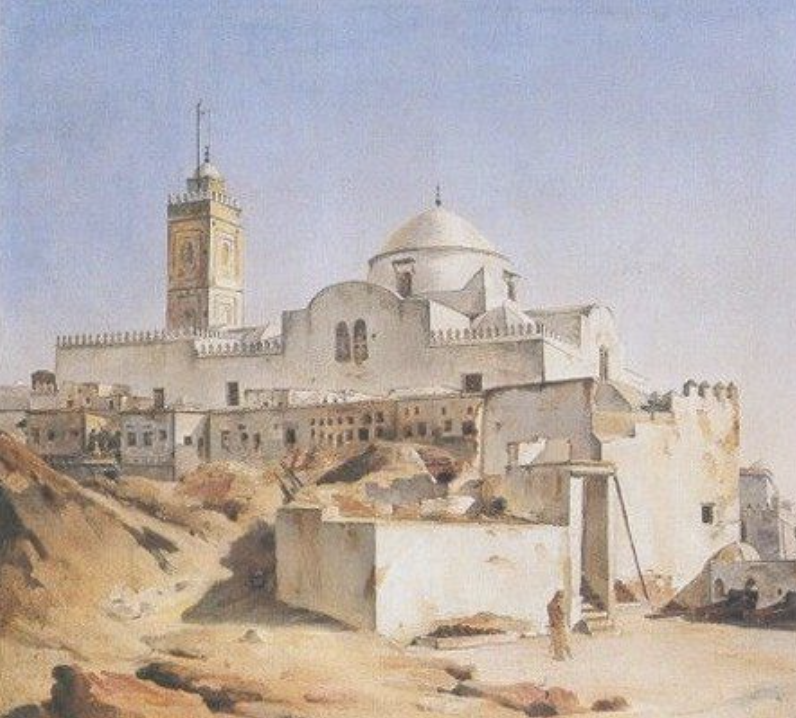
But let’s not be confused by the language:
this ‘square’ was first posed
like a pall over the imperial violence
that turned the many buildings
which once formed the mosque’s entourage
into ruins.
It allowed the mosque to become an iconic structure.
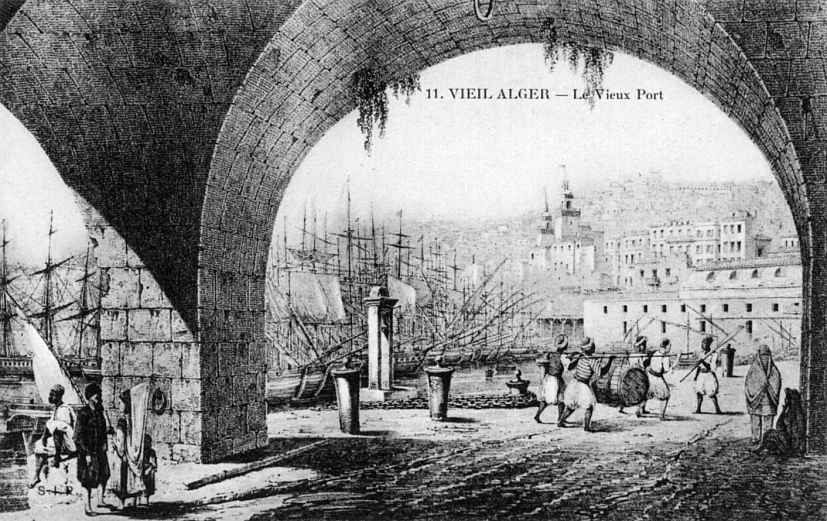
Our Jewish ancestors’ gaze on this mosque
was different than ours.
It was not mediated by the wide field of vision
opened by the square
that invites viewers to look at it
from the outside and from a distance.
Rather, their gaze was part of their urban epidermis.
They did not abide by the dictates of
the modern secular phantasy of the “public space”
that invite us to judge
the mosque’s aesthetic value
in order to affirm its religious one.

So here we are, in the Place du Government,
which symbolically changed,
during a military march carried out
four months after independence,
into the Place des Martyrs.
The violence done to the mosque
is somehow more evasive
and difficult to pin down
than that which is typically involved
when sites of worship are physically destroyed.
In a city in which Muslims and Jews
lived and worked together
in a close and packed environment,
sites of worship had a variety of
sensorial, material, cultural, social and spiritual
features and functions.
Such features and functions exceeded
those that could be categorized
by the colonial religious taxonomy
imposed by the French,
which sought to disentangle Jews and Muslims
by denying and destroying
the spaces in which
they practiced
their shared religious traditions.
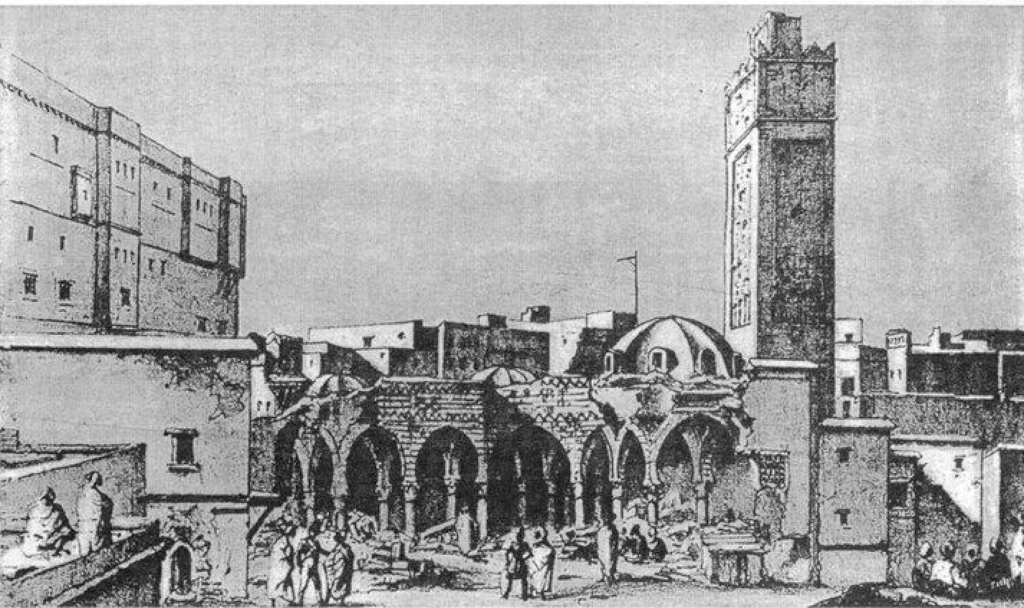
In order to turn that mosque into
a white object on a plinth
and to endow it with a fixed meaning,
one that communicated the exclusive
‘Muslim’ provenance of the city,
hundreds of other sites of worship,
houses, ateliers and stores
to which it was connected through shared walls and paths
were demolished.
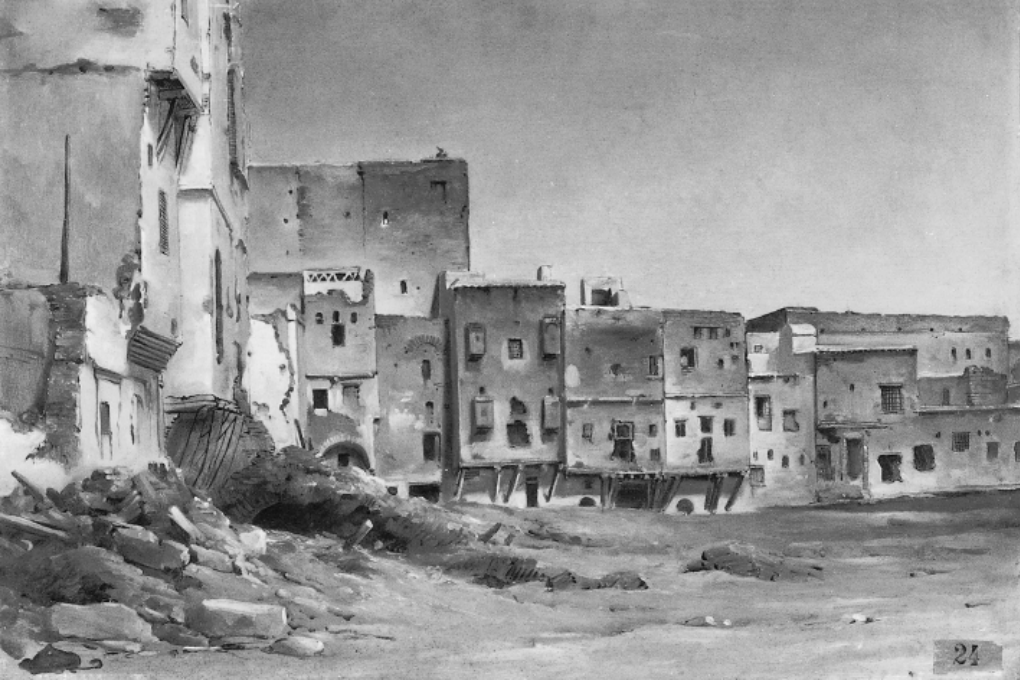
Some piles of rubble and sand
were recorded by French artists,
who came to Algeria to seek inspiration from its local colors,
and to make a career
by depicting these ruins
as well as what replaced them.
As a result of the destruction,
people lost the material and symbolic rights
they once held within this urban tissue.
They lost their shared history
and their sense of belonging
that was once anchored in this now-demolished space,
which was defined by the overlapping co-existence
of Jewish and Muslims craftsmen and their social formations.

After the destruction,
only from the high angle from which this photo was taken,
at the top of the Kasbah,
an image of the reality of these intermingling lives
could still emerge,
and this image could emerge only as a perspectival illusion.

When we get down the hill,
the illusion of the entangled mosque disappears,
and we encounter the results of the French invasion.

On July 11th 1830,
only six days after the invasion of Algiers,
Jews and Muslims together
were evacuated from the city.
And the destruction of the
heart of Algiers,
the center in which centuries of knowledge and know-how
were elaborated and transmitted across generations, began.
The ateliers of hundreds of Jewish jewelers, those of
different fabric dyers,
bracelet makers, book binders, illuminators,
were all destroyed.

The craftsmen, who,
until the conquest, had been members of guilds of peers,
had supported and helped each other in difficult times,
and had shared their affluent orders in prosperous times,
were now thrown into a competitive capitalist market
in which they had few chances to succeed.
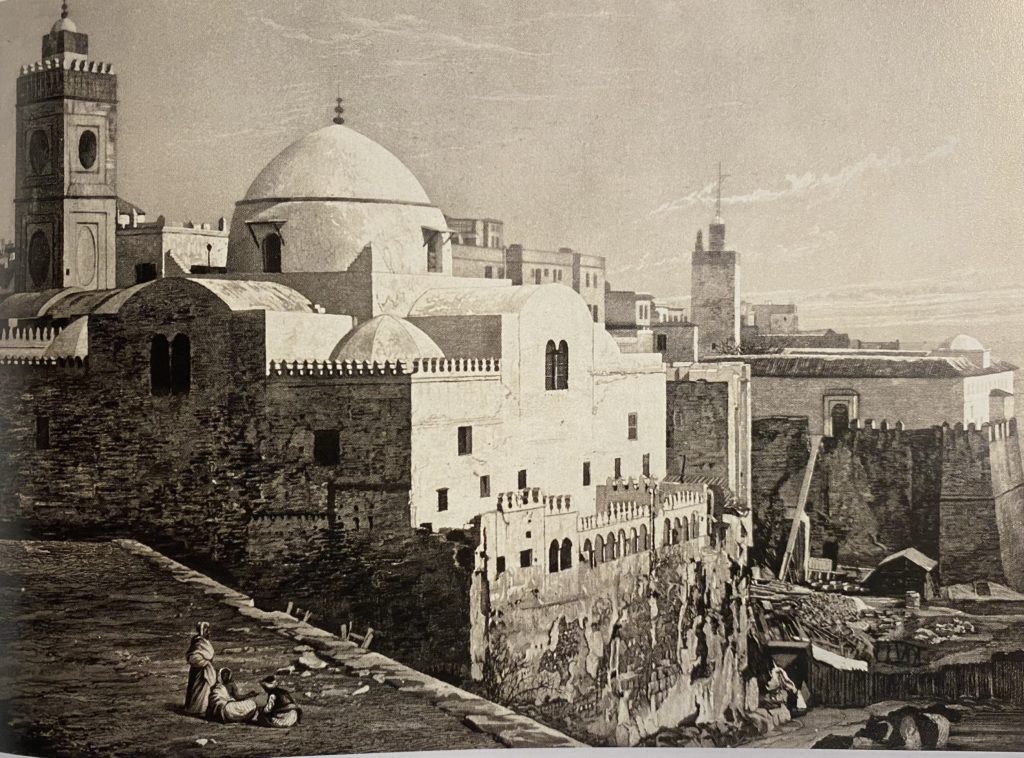
In order to create the square, the Kasbah’s lower slopes
had to be flattened and leveled,
the remains of the houses had to be carved out
and the semi-ditches that this created had to be filled.
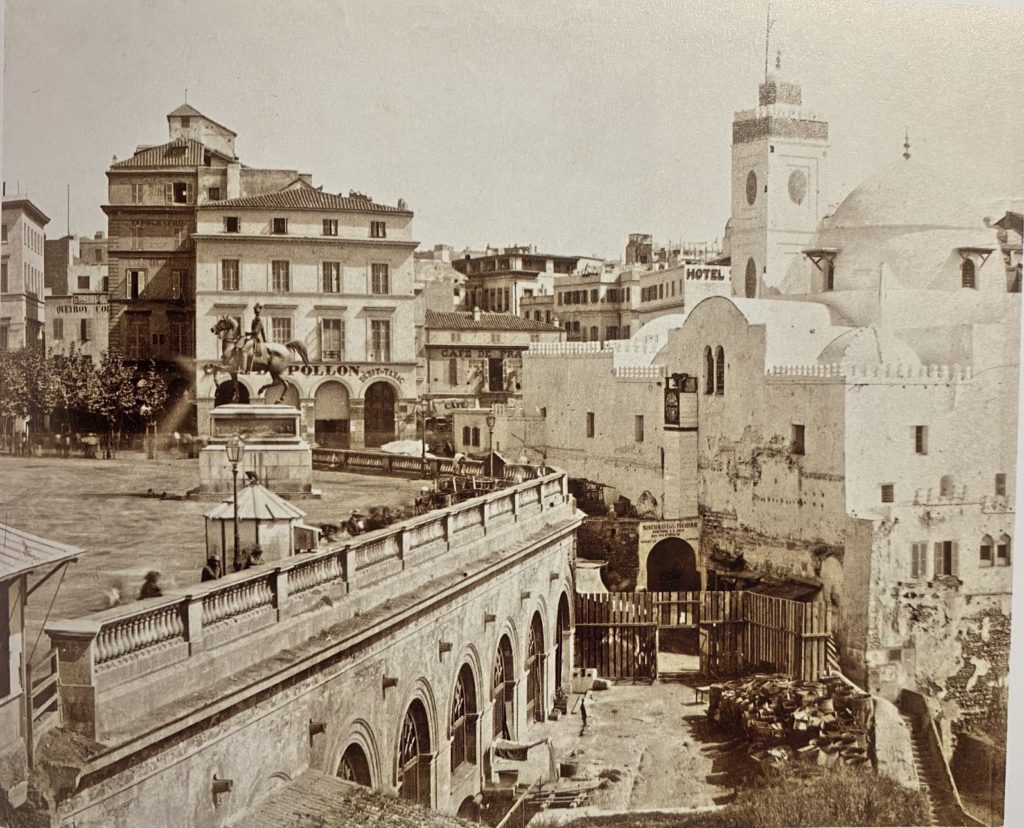
Once the mosque was broken off,
isolated and whitened,
the French could display it as
an object of their choice and taste.
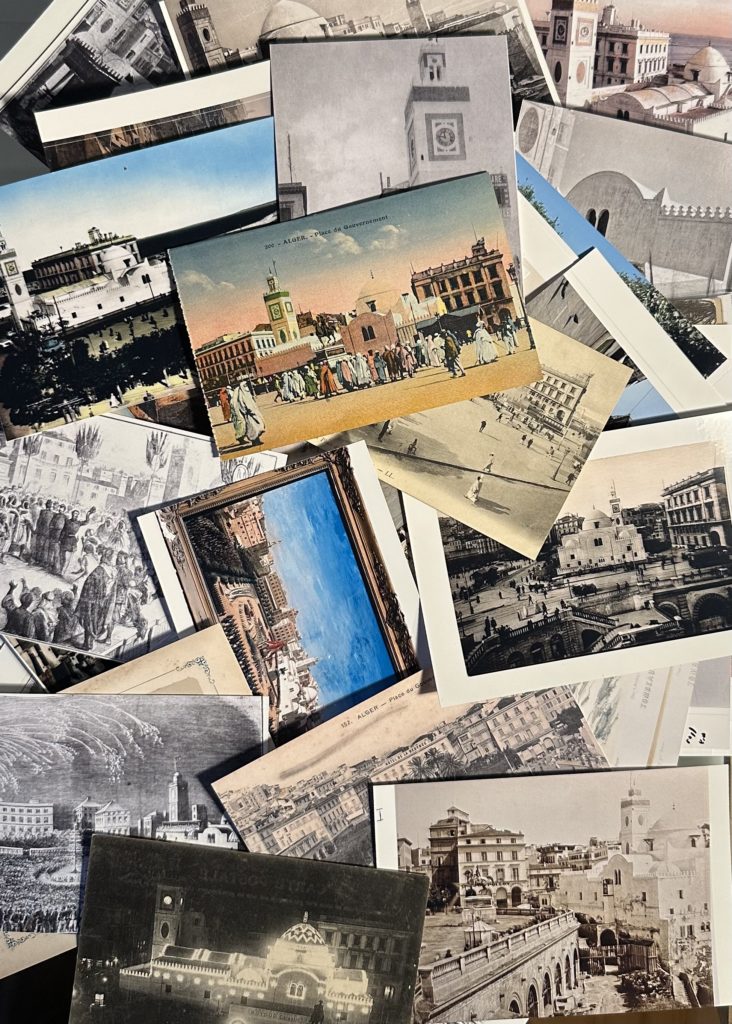
In other words, the same mosque that
they were about to destroy for its lack of value
was reborn as theirs.
They transformed it into an object of their choice and admiration
of their connoisseurship and engineering skills,
of their careful preservation methods,
of their scholarship and art.
And thus, they dealt with it as a source of their enrichment.
Self-appointed as the guardians of Islamic arts,
they could now teach its value and history
to the indigenous who,
in their eyes,
neither properly valued it nor knew how to take care of it.

Over the course of 132 years
the French had literally stolen
our ancestors’ livelihood.
Our ancestors became the props, the tokens and the laborers
of lucrative French businesses,
of French scholarship, literature, museums, connoisseurship and art.
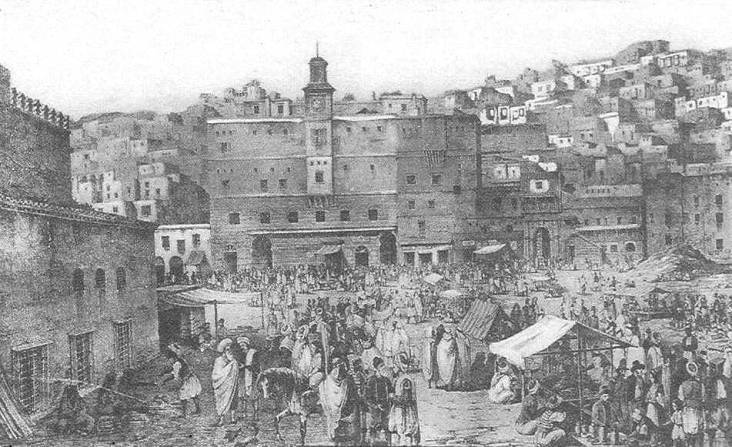
When this clock struck
on Dar-es-Sultan-el-Quedima,
said Abd-el-Kader,
“the infidels will be the masters of the country.”
He anticipated the disastrous campaign of secular conversion
and refused to surrender to the French.
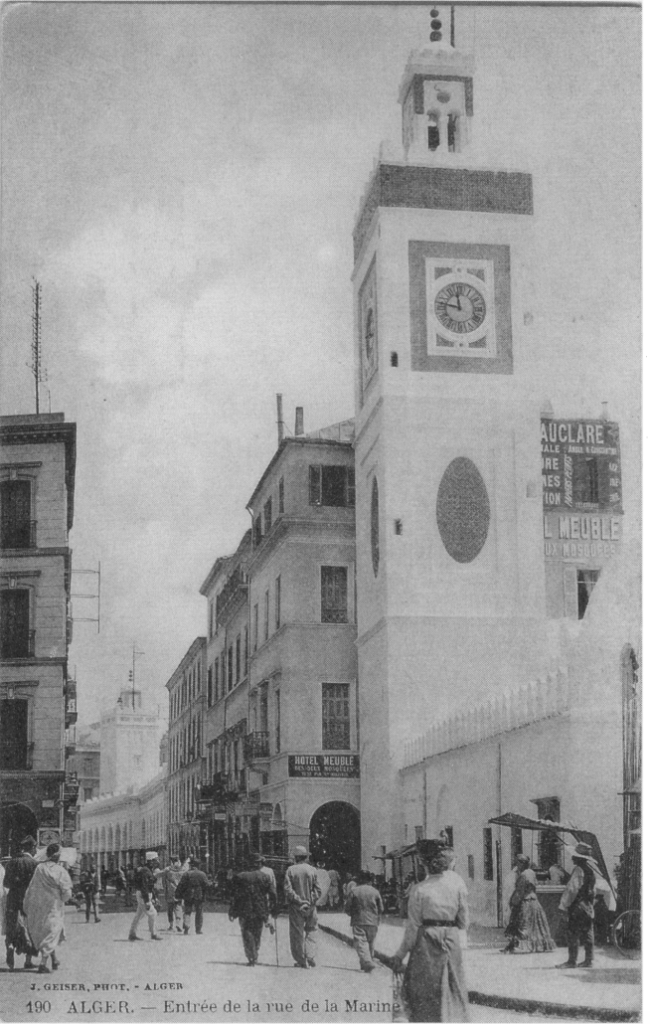
Not so long after,
the clock was embedded into this building,
and when this one was destroyed
it was affixed on the minaret of the Djamâa el Djedid.
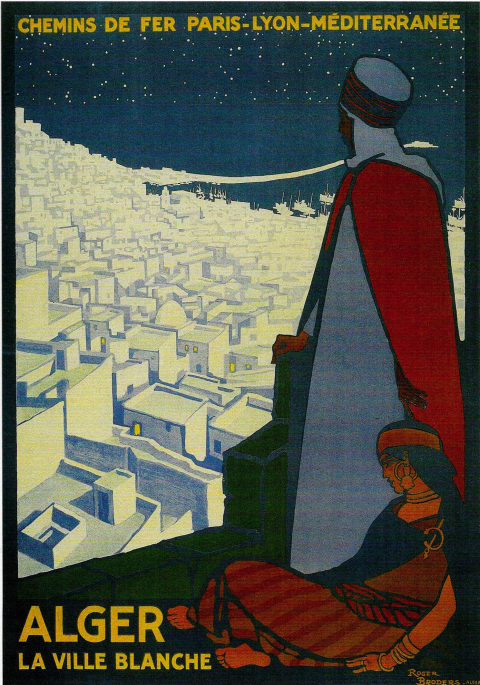
Our ancestors worked in small winding alleys
and upon the main streets,
which were named after guilds of craftsmen –
the jewelers or the dyers.
These guilds’ formations of self-rule could still serve as
one of our political models for decolonization.
However, this amputation of the urban landscape
destroyed the communal existence and self-understanding
of my ancestors as Muslim Jews,
which was immersed in a shared culture for centuries.
The demolition of this whole neighborhood
cut off our ancestors’ access to their material and spiritual resources.
It thus inaugurated one of the major projects of the colonial state:
the “transference of wealth
from one ethnic group to another.”
In the process, the French removed the Jews
from what they reshaped as
solely a Muslim culture
in a European city.
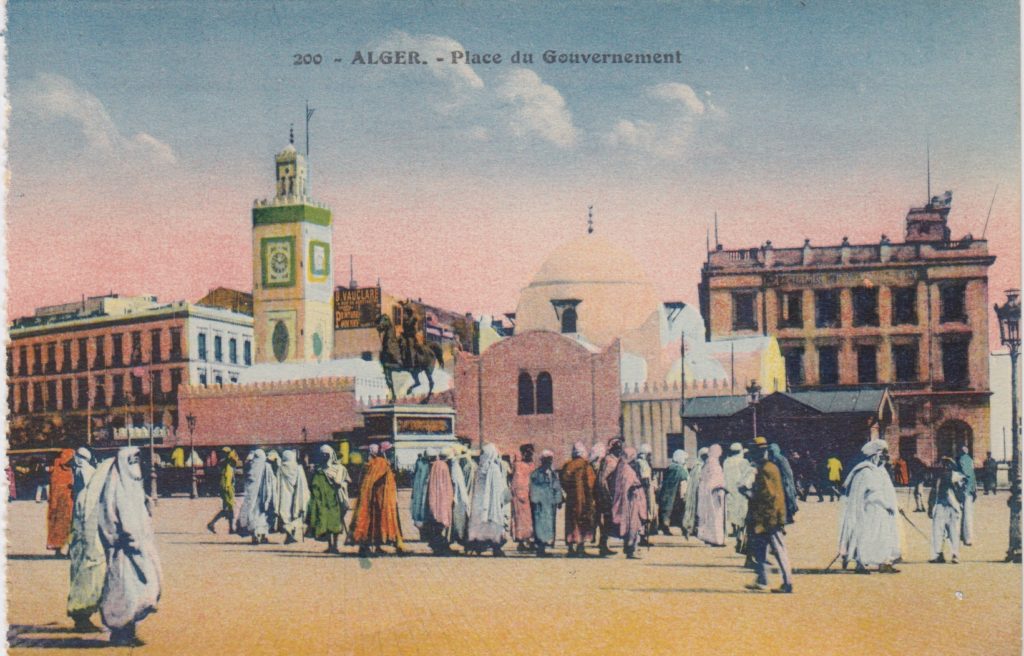
Algerian wealth, excluding lands which the Jews didn’t have,
was therefore not transferred from Muslims to the French,
but from the indigenous – that is, both Muslims and Jews – to the French.
Look at this square and see
how this pristine binary was invented.
From the incredibly rich environment
that was buried under this square,
only a single isolated building was left:
a Mosque.
This mosque was made an emblem of Islam.
And its preservation in the square
sought to signify the Muslim culture of the city,
as if the Jews were not part of the world
in which mosques were conceived, built, sensed and signified.
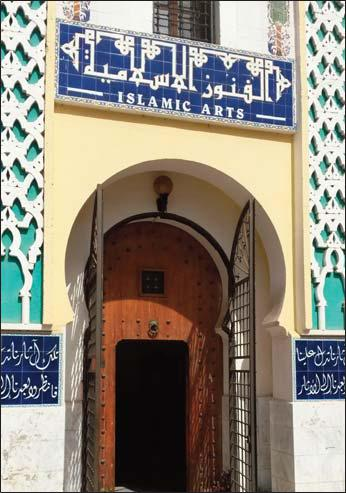
The exile of Algerian Jews was already written
in this square,
but we could still imagine our return
through reclaiming what is buried underneath,
or the jewels held
close to women’s bodies.
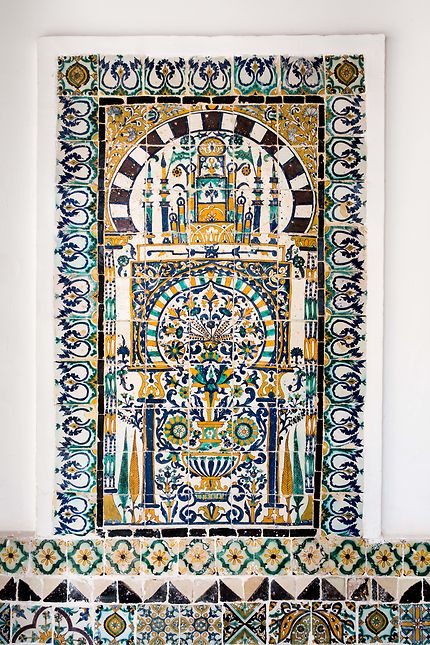
European tourists, settlers and artists
were attracted to Algeria
for its charm,
and for the way it purportedly juxtaposed two civilizations:
that of the French and that of Islam.
“This contrast
bursts in the customs, languages, usages
and even the mode of constructions of habitats.”
Hundreds of different postcards of the square
were printed in huge quantities
and were circulated across the world,
solidifying the idea of a Muslim monoculture
from which the Jews were dissociated.
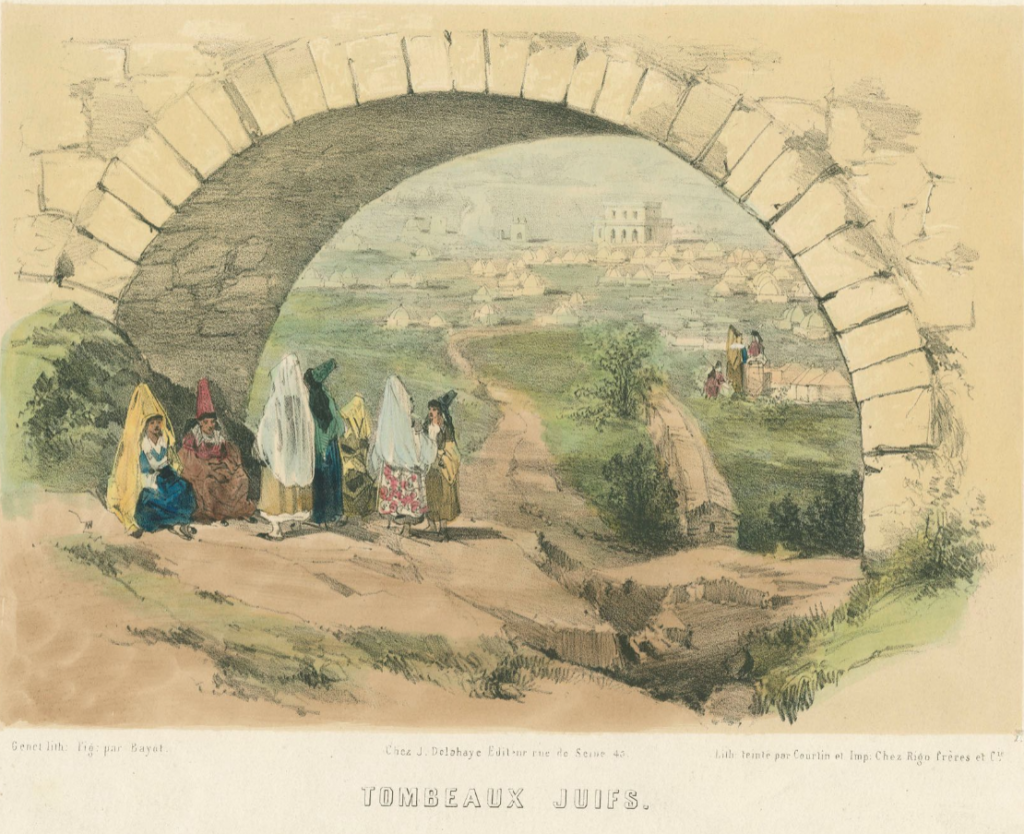
Much of our Jewish ancestors’ labor,
love, memories, blood, histories and hopes
were involved in building this
Jewish Muslim world.
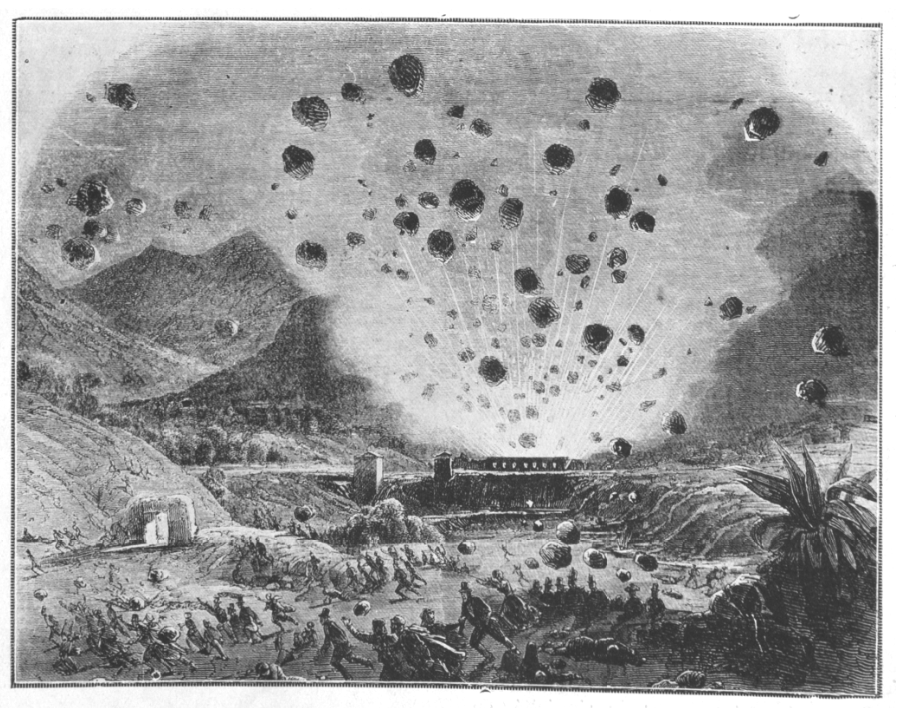
Yet, in the 1830s, the French turned it into rubbles
and simultaneously reorganized Algeria
according to their terms.
They thus commenced the material and symbolic exile
of the Jews from their heritage.

Rejecting the names that colonial regimes
gave to various structures and sites
and reverting back to their pre-colonial ones,
are common gestures of decolonization.
Changing the name of this square
from Place du Gouvernment
to Place des Martyrs,
was an important homage to the martyrs of the war,
but it also marks a failure on behalf of the
newly independent Algerian state
to attend to the necessity of decolonizing
the infra-structure of the colonial political regime
that was not imposed in 1954
but rather in 1830.
This regime was poised against Algerian livelihood.
It attacked Algerian ways of life,
especially their engagement
in artisanal life,
essential to the way they cared for their shared world.
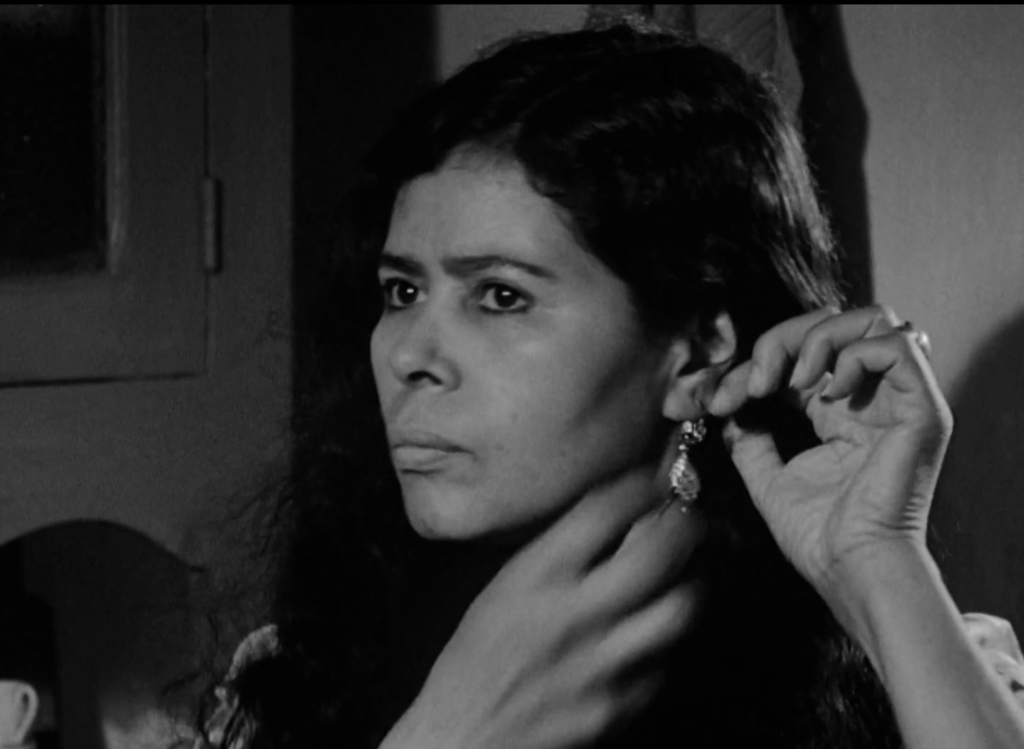
Reversing the onto-epistemological imperial violence
that is materializes in this square,
ought to involve
the recovery and repair of Jewish Muslim worldliness that is
buried under it.
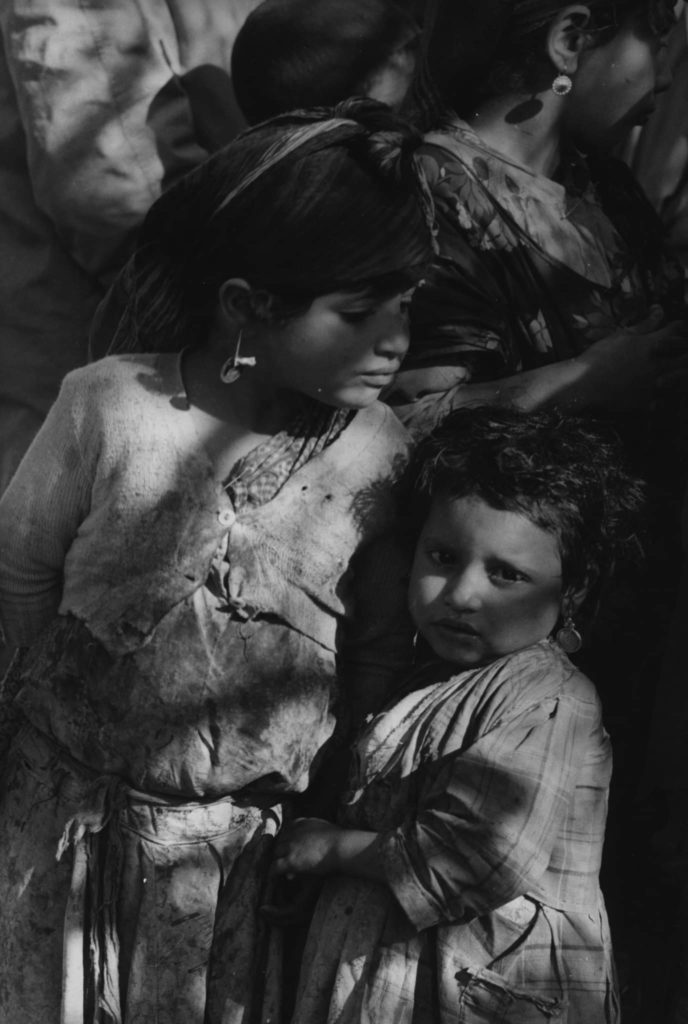
Before the Jews were colonized by the French
and later by the Zionists,
they were defined by their professions,
and were, in fact,
the jewelers of oumma.
The temporary absence of the Jews
from the celebration of independence,
should not mislead us to believe that they will be absent from
the decolonization-still-to-come.
The Jews are still there,
in every pair of earrings,
in every bracelet,
in every necklace,
just as they had been for centuries.
In undoing the colonial taxonomization of
objects as Muslims,
we can notice the presence of the Jews,
see them again as part of the body of colonized,
and imagine the renewal of the Jewish Muslim world
as one of the necessary paths toward decolonization.
